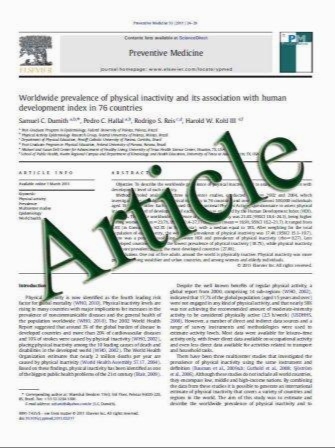Continuing challenges in defining image quality
- نوع فایل : کتاب
- زبان : انگلیسی
- مؤلف : Narendra Shet & Joseph Chen & Eliot L. Siegel
- چاپ و سال / کشور: 2010
Description
To achieve significant dose reduction without compromising diagnostic efficacy, it is important to understand the effects of exposure reduction on image quality, a concept that is often mentioned but not well defined in the imaging literature. Studies to assess subjective image quality for digital radiography (DR) demonstrate wide variability among radiologists and technologists, resulting in substantial variability in the determination of acceptable image quality and optimal radiation exposure required to obtain a highquality radiograph. In addition to improving detector technology and image processing techniques and tailoring exposure to the examtype and patient body habitus, it is possible to take advantage of informatics-based and psychoperceptual approaches. These can be used to establish the relative tradeoffs among patient exposure, perceived image quality, and diagnostic efficacy. Innovations such as automated quality assessment of digital radiographs, use of a mathematical model of the human visual system to predict the perceived impact of lower radiation exposure, the creation of a qualityassessment database of images, and better definition and training of radiologists in the determination of image quality can help to reduce variability in assessment and facilitate reductions in dose whileminimizing negative effects on image quality.
Pediatr Radiol (2011) 41:582–587 DOI 10.1007/s00247-011-2028-0 Received: 21 November 2010 / Revised: 14 February 2011 / Accepted: 18 February 2011


